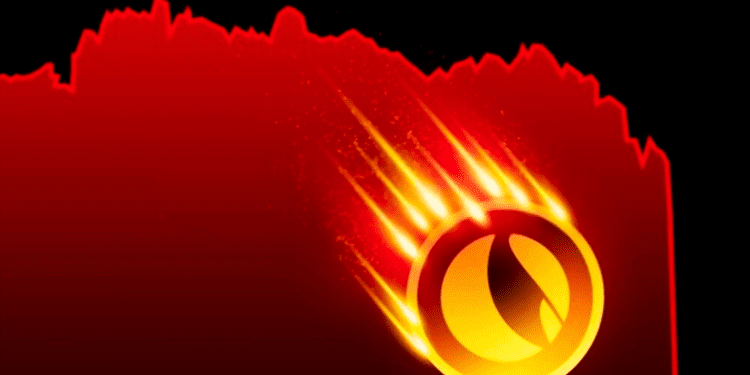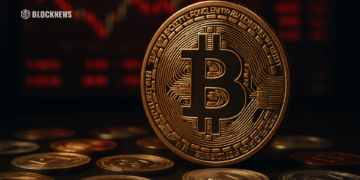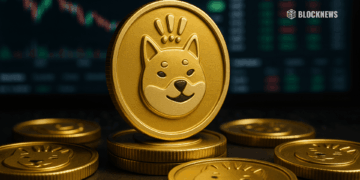Introduction
The blockchain world has taken a massive blow this year alone, witnessing crashes and dips from major and popular cryptocurrency coins and the blockchain ecosystem, resulting in customers, businesses, and many more, losing the worth of their coins, NFTs, and any other valuable product that may be stored on the crypto world.
Founded by Do Kwon, the founder of Terraform Labs and the Terra blockchain ecosystem, Terra was made public in 2018 as a savior of the then crypto market crash. Terra blockchain was the knight in shining armor as it quickly rose to fame and value when it became released into the market. According to total market capitalization, the native token for Terra called LUNA was ranked among one of the top 10 cryptocurrencies.
What Is Terra?
Terra is an open-source blockchain that is community-owned and hosts various ecosystems of applications. Terra allows users to build organizations and applications by experimenting with existing applications or through a suite of cutting-edge developer utilities. Terra is limitless and easily accessible for anyone who operates on the blockchain ecosystem.
Things You Didn’t Know About Terra
Though Terra is now infamous for its crash that lost millions of U.S. dollars, it significantly impacted the crypto industry. It surpassed over 90% of the total value locked (TVL) compared to every other Cosmos network, with assets worth over $21 billion in May 2022.
However, here are five things that you may not have known about the once glorious Terra ecosystem:
1. Built on Cosmos ecosystem
Terra was built within the Cosmos network, which allowed it to scale and interoperate with other blockchains via the Inter-blockchain Communication Protocol (IBC) using Tendermint and Cosmos SDK. Terra was a force to be reckoned with as it soon contended against its leading rivals like BNB Chain, Cardano, Avalanche, and Solana.
2. Used for Staking
The Terra native token, LUNA, allowed its users to stake and monitor their projects in the ecosystem. Token holders could stake, and after pledging their tokens to specific networks, they can be used to verify transactions.
3. Community-owned and controlled
Many may not have known this, but Terra depended on its customers and holders as its high level of governance gave the holders a say over the future of Terra LUNA and had voting rights in the project.
4. A bridge between stablecoins tied to other currencies
The primary goal of Terra was stablecoins. These stablecoins are tied to various assets, and Terra was to become a bridge between these two. Although most stablecoins were already connected to the U.S. dollar, Terra also provided such features but surpassed most by linking its stablecoin TerraUSD (UST) to Euro, and the South Korean won, which is its founding country.
5. Streamlining Finances
Terra successfully built a transparent ecosystem. The blockchain was built from bottom to top to eliminate the complex payments value chain. Terra was famous for helping reduce and eradicate the need for networks operating with credit cards or banks with the solution of a sole blockchain layer.
Conclusion
Although the Terra Blockchain ecosystem crashing this year was a tragedy no one saw coming, the blockchain ecosystem is proving to rise against all odds. It has created a new network to compensate its customers that may have been affected by its crash. The new tokens created are LUNA Classic (LUNC) and TerraUSD Classic (USTC).














